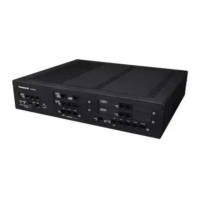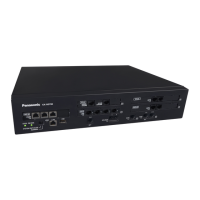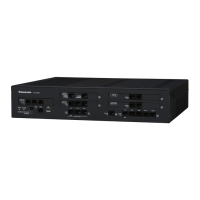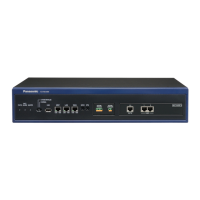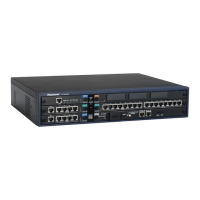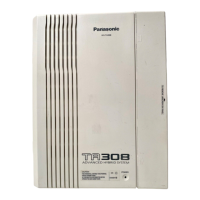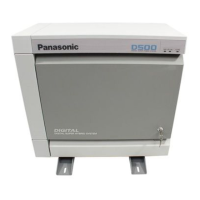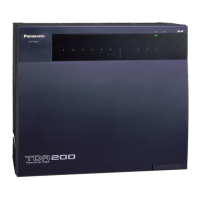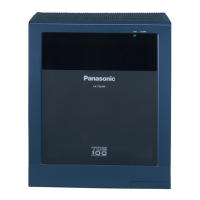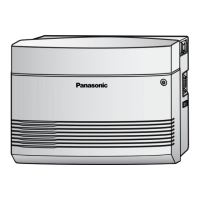3.3 E-mail Client Integration Features
3.3.1 Integration with Microsoft Outlook
Description
Unified
Messaging system integration with Microsoft Outlook allows subscribers to access the contents of their
mailboxes through Microsoft Outlook in the same way they do e-mail. Voice messages appear in
subscribers’ inboxes as e-mail messages.
With the Outlook plug-in, subscribers can do the following:
• Play back voice messages directly from Outlook
• Record and send voice messages
• Forward and reply to messages
• Call back the sender of a message
• Export voice message data
• Attach voice messages data to other e-mail messages
Conditions
• Microsoft Outlook integration requires CA to be installed on the subscriber’s computer (® 2.26.2 CA
(Communication Assistant)).
– CA Pro, CA Operator Console, or CA Supervisor is required to use all the integration features.
– CA Basic-Express users cannot access the call history or view the presence of extensions from
Outlook.
• PBX resources are required to access the Unified Messaging system. To reduce the possibility that PBX
performance will be affected, the account in Microsoft Outlook that is set up to access the subscriber’s
mailbox should be set to off-line mode. For details about off-line mode, refer to the documentation for
Microsoft Outlook.
• Integration is available with Microsoft Outlook 2003 or later.
• For Outlook 2003 and Outlook 2007: While a subscriber is connected to his mailbox through Outlook, he
will not be able to access the mailbox from a telephone. The subscriber must exit Outlook before he can
access the mailbox’s subscriber services from a telephone.
This condition does not apply to users of Outlook 2007 SP2 or later.
• KX-NSU201, KX-NSU205, KX-NSU210, KX-NSU220 or KX-NSU299 (Activation Key for Unified
Messaging E-mail Notification) is required to use this feature. One activation key is required for each
mailbox that will be used with this feature.
• For details about installing and using Outlook integration, refer to the documentation for CA.
PC Programming Manual References
21.1 UM Configuration—[2] Class of Service—General—
Desktop Messaging
User Manual References
Subscriber Operation
1.8.6 Other Features
Feature Guide 373
3.3.1 Integration with Microsoft Outlook
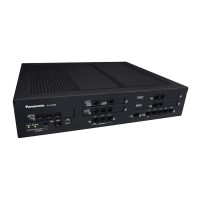
